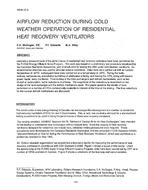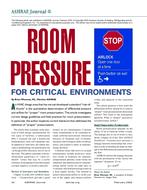As human skin is an important barrier and thermal regulator of the human body, the building “skin” is the first critical element in defining goals for building energy efficiency and Indoor Environmental Quality (IEQ). The glazing part of a building envelope is particularly critical because it is the most vulnerable envelope element to heat gain and heat loss accounting for around 50% of the building’s energy consumption. Increasingly stringent regulations imposed over time mandate the adoption of high-performance façades.
In this regard, in the second half of the twentieth century, Double Skin Façades (DSF) were developed. However, with cavity widths varying from 50 cm (1.64 ft) up to 2 m (6.56 ft), DSFs are rather space-consuming and require high installation and maintenance costs. For this purpose, a Closed Cavity Façade (CCF) was developed as a specific DSF system. In its simplest form, a CCF consists of a double or triple glazing unit (DGU or TGU) on the inner layer and single glazing on the outer one, forming a sealed non-ventilated cavity (about 20 cm width) with automated blinds in between which, given its dynamic behaviour, can contribute to balance the demand for energy saving and enhancement of IEQ. This study, using Energy Plus and IDA ICE building performance simulation tools, investigates the performance of several CCF configurations and geometries, for the eight climate zones of the USA, and compares them to the baseline (a DGU). MATELab, an office-like test facility at the University of Cambridge was used as the model for the simulations, which was beforehand experimentally validated.
Product Details
- Published:
- 2022
- Number of Pages:
- 10
- Units of Measure:
- Dual
- File Size:
- 1 file , 3.7 MB
- Product Code(s):
- D-LV-22-C049
- Note:
- This product is unavailable in Russia, Belarus


